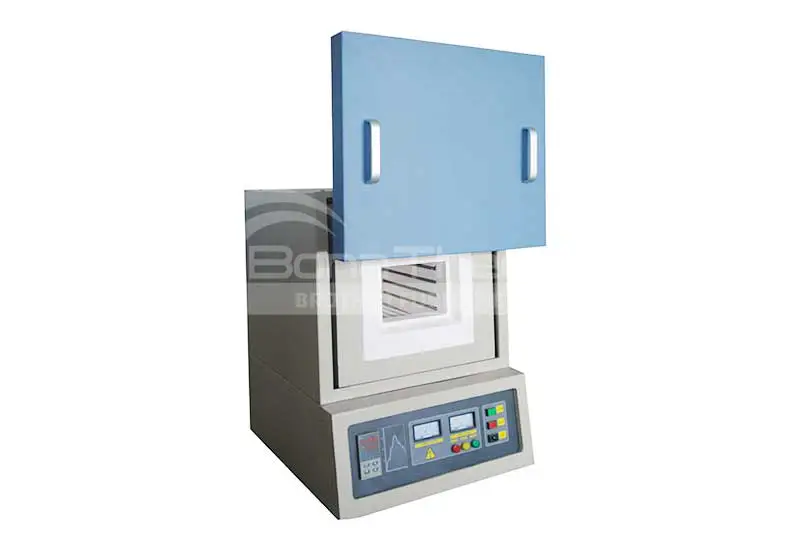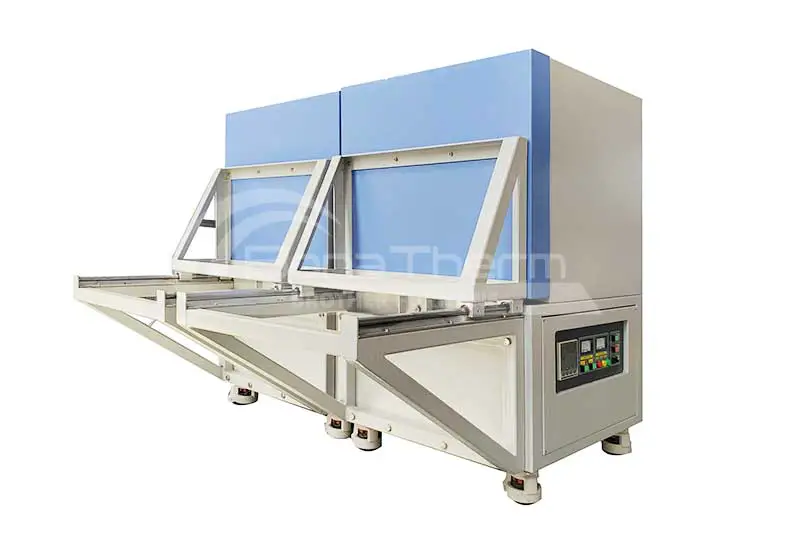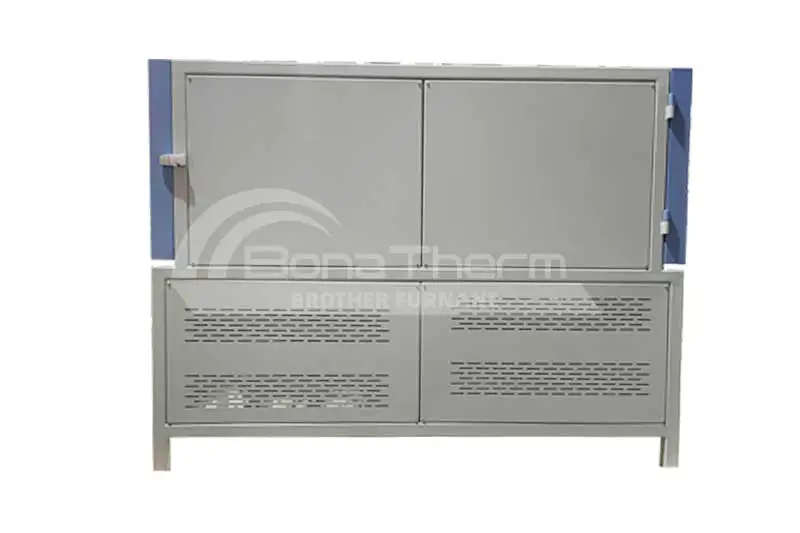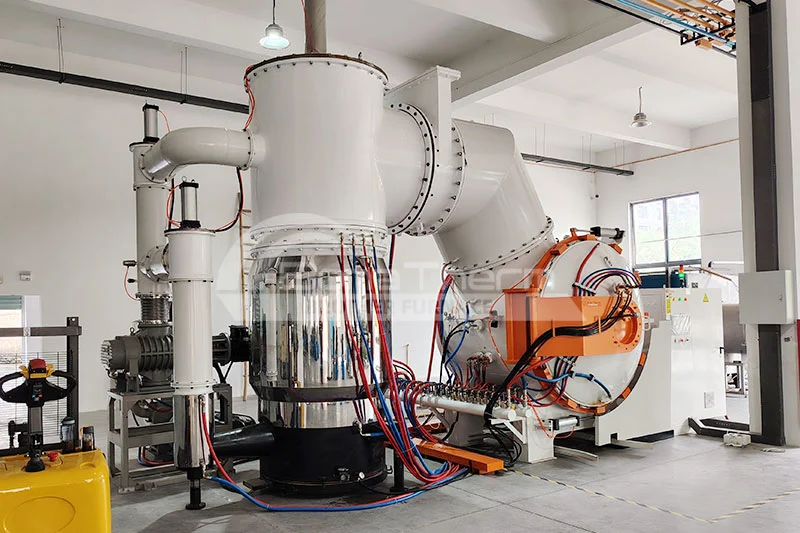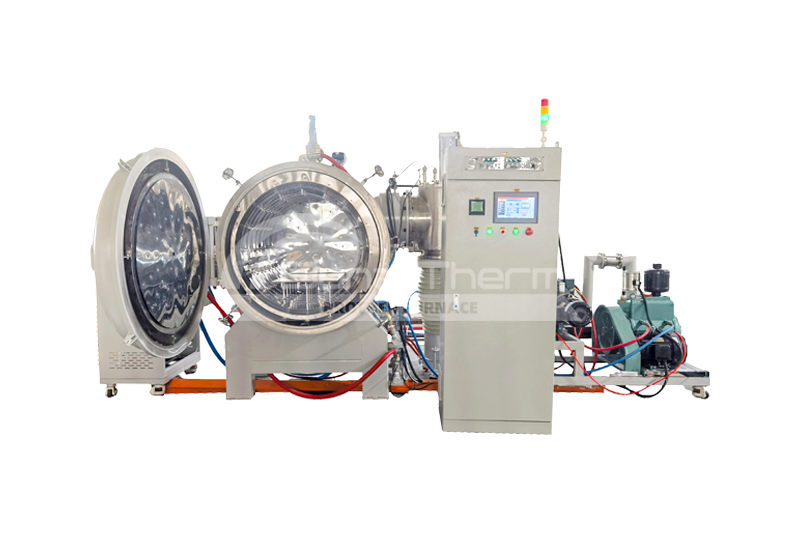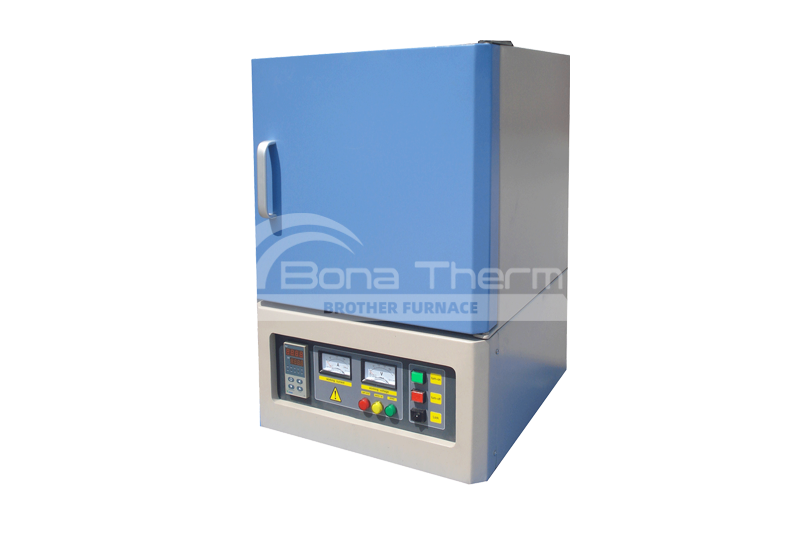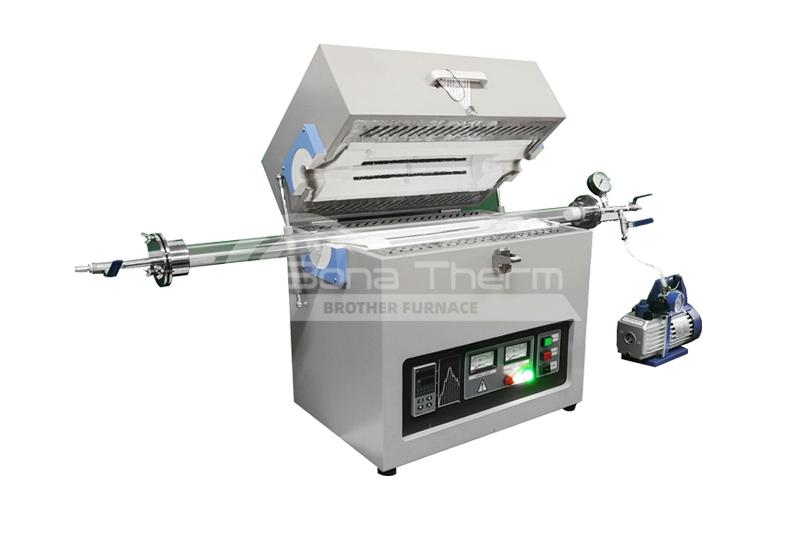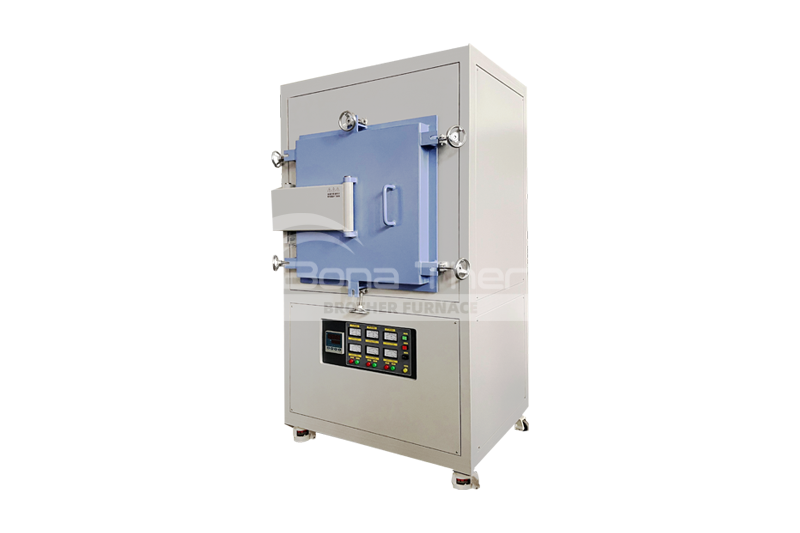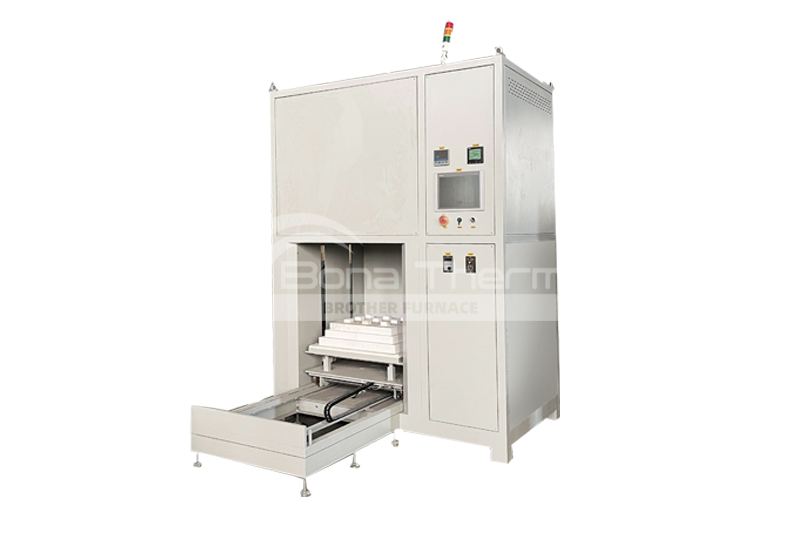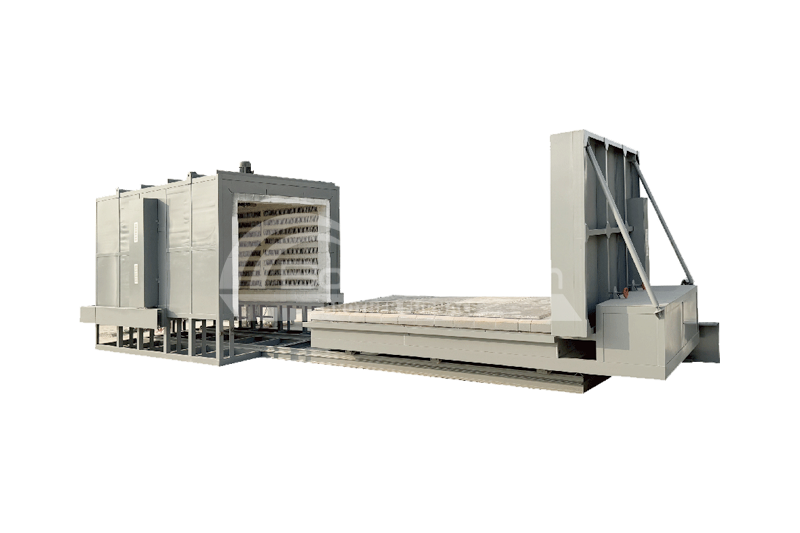How Vacuum Hardening Furnace Improves Steel Properties
 BROTHER FURNACE
BROTHER FURNACE
 2025-07-29 00:29
2025-07-29 00:29
In the world of modern metallurgy and manufacturing, the demand for high-performance steel components is ever-growing. Vacuum hardening furnaces have become a vital tool in enhancing the mechanical properties of steel. By providing a clean, controlled, and oxygen-free environment, these furnaces play a crucial role in achieving superior hardness, strength, and durability in steel parts. This article explores how a vacuum hardening furnace enhances steel properties, the benefits of using such a system, and why Brother Furnace is a trusted name in this domain.
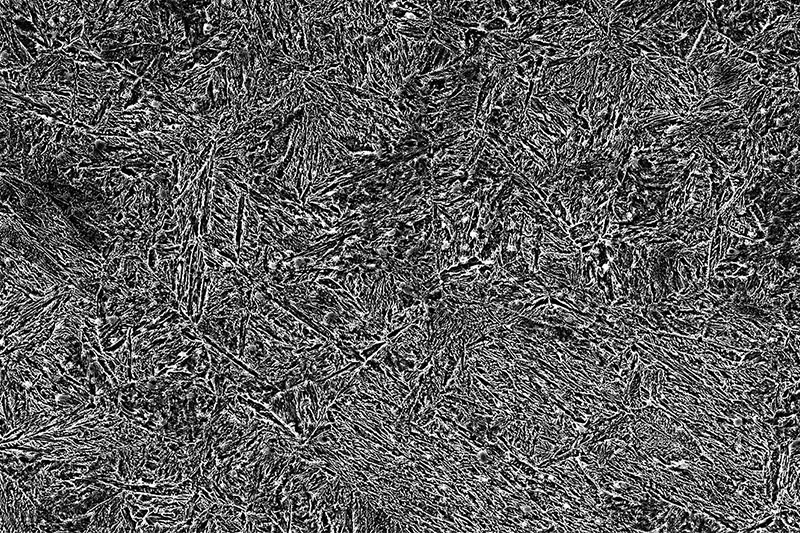
What Is a Vacuum Hardening Furnace?
A vacuum hardening furnace is a type of heat treatment equipment used to harden steel in a vacuum or low-pressure environment. Unlike conventional furnaces that expose materials to atmospheric gases, vacuum furnaces prevent oxidation, decarburization, and contamination by eliminating oxygen during the heat treatment process. This results in cleaner surfaces, better mechanical properties, and more consistent outcomes.
Vacuum hardening typically involves heating the steel to its austenitizing temperature (around 800–950°C depending on the alloy), holding it at that temperature, and then rapidly cooling (quenching) it using gases like nitrogen, argon, or helium.
The Benefits of Vacuum Hardening on Steel Properties
Increased Surface Hardness
Vacuum hardening significantly increases the surface hardness of steel. This is vital for applications where wear resistance is important, such as cutting tools, bearings, and dies.
Improved Core Strength
In addition to hardening the surface, vacuum treatment can enhance the core strength of components, making them more resilient under high stress and impact loads.
Enhanced Fatigue Resistance
By reducing surface defects and improving microstructure, vacuum hardening extends the fatigue life of steel components, making them suitable for critical and long-lasting applications.
Minimal Distortion
Due to the uniform heating and controlled cooling in vacuum furnaces, parts experience less distortion compared to traditional heat treatment methods. This is especially important for precision-engineered components.
No Surface Oxidation or Decarburization
One of the major advantages of vacuum furnaces is the absence of oxygen. This ensures that the steel's surface remains clean and free of scale or decarburization, preserving its strength and integrity.
Applications of Vacuum Hardened Steel Components
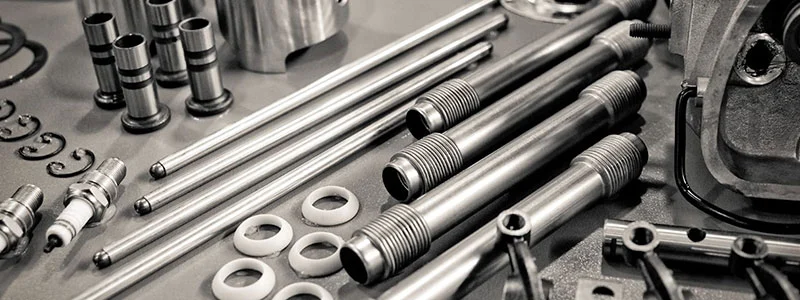
Vacuum-hardened steel is used in various high-performance industries:
- Automotive Industry: Gears, shafts, and engine parts
- Aerospace: Landing gear, structural components
- Tool & Die Industry: Cutting tools, molds, dies
- Medical Devices: Surgical instruments, implants
- Energy Sector: Turbine blades, valves, pump components
The Vacuum Hardening Process in Detail
Step 1: Pre-Cleaning
Steel components are thoroughly cleaned to remove oil, dirt, and other contaminants before entering the furnace.
Step 2: Heating
The components are placed inside the vacuum furnace and gradually heated to the austenitizing temperature. The vacuum environment ensures no oxidation occurs.
Step 3: Soaking
The parts are held at the target temperature for a specified duration to allow uniform temperature distribution and transformation of the microstructure.
Step 4: Quenching
The hot components are rapidly cooled using inert gases like nitrogen or helium. This rapid cooling locks the desired hardened microstructure in place.
Step 5: Tempering (Optional)
To relieve stresses and achieve desired toughness, parts may undergo a tempering process post-quenching.

Advantages of Using Brother Furnace Vacuum Hardening Systems
Brother Furnace is a leading manufacturer of high-quality vacuum heat treatment equipment. Their vacuum hardening furnaces offer the following advantages:
- Precise Temperature Control: Advanced PID controllers ensure accurate heating cycles.
- Excellent Vacuum Integrity: Achieves high vacuum levels for superior cleanliness and process control.
- Custom Solutions: Available in various sizes and configurations tailored to client needs.
- Energy Efficiency: Designed to optimize power consumption while maintaining performance.
- Robust Construction: Built for durability, even in demanding industrial environments.
Brother Furnace’s commitment to quality and innovation makes it a preferred choice among manufacturers worldwide.
Why Choose Vacuum Hardening Over Conventional Methods?
- Cleaner Process: No oxidation or discoloration of parts.
- Better Mechanical Properties: Improved hardness, toughness, and fatigue resistance.
- Repeatable Results: Precise control allows consistent quality.
- Reduced Finishing Requirements: Clean surfaces reduce the need for post-treatment machining or polishing.
- Environmental Benefits: Less pollution and waste compared to oil-based quenching.
Future Trends in Vacuum Hardening Technology
As technology advances, vacuum hardening furnaces are becoming smarter and more energy-efficient. Trends include:
- Integration with AI and IoT for predictive maintenance and smart control
- Hybrid Systems combining vacuum and atmosphere capabilities
- Green Engineering for reduced environmental impact
- Enhanced Cooling Techniques using high-pressure gas quenching for thicker parts
Conclusion
Vacuum hardening furnaces are revolutionizing steel heat treatment by offering superior quality, consistency, and performance. With benefits such as increased hardness, reduced distortion, and enhanced durability, these systems are invaluable for modern industries. Brother Furnace continues to lead the way with innovative and reliable vacuum furnace solutions. By investing in such advanced technology, manufacturers can ensure their components meet the highest standards of strength and reliability.

